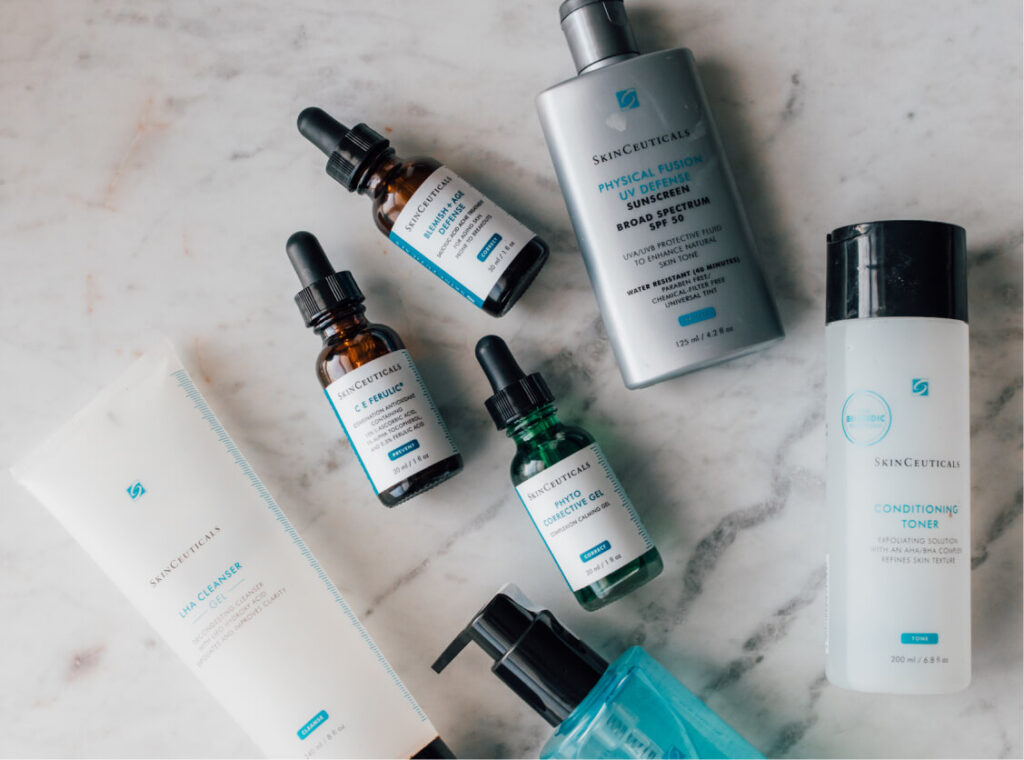SKIN
Healthier skin for a happier you
Rejuvenate and Revitalise with our Skin Clinic in Melbourne
Soak up the gift of youth with our range of skincare services that will help you achieve and maintain healthy, radiant skin.
Along with a winning smile, it’s important to love the skin you’re in. Here at our Melbourne skin clinic, we want to give you fresher, healthier, glowing skin that reflects your inner health and wellbeing.
Using state-of-the-art equipment and a personalised service tailored to your skin’s needs, we deliver excellent, lasting results.

Skinceuticals
We use Skinceuticals in our treatments because of the high-quality ingredients and backed by science. Skinceuticals products are clinically proven to improve the appearance of fine lines, wrinkles, and other skin imperfections.
WANT GLOWING SKIN?
Get in touch with Dental + Skin Clinic and discover what skin treatments will work for you.